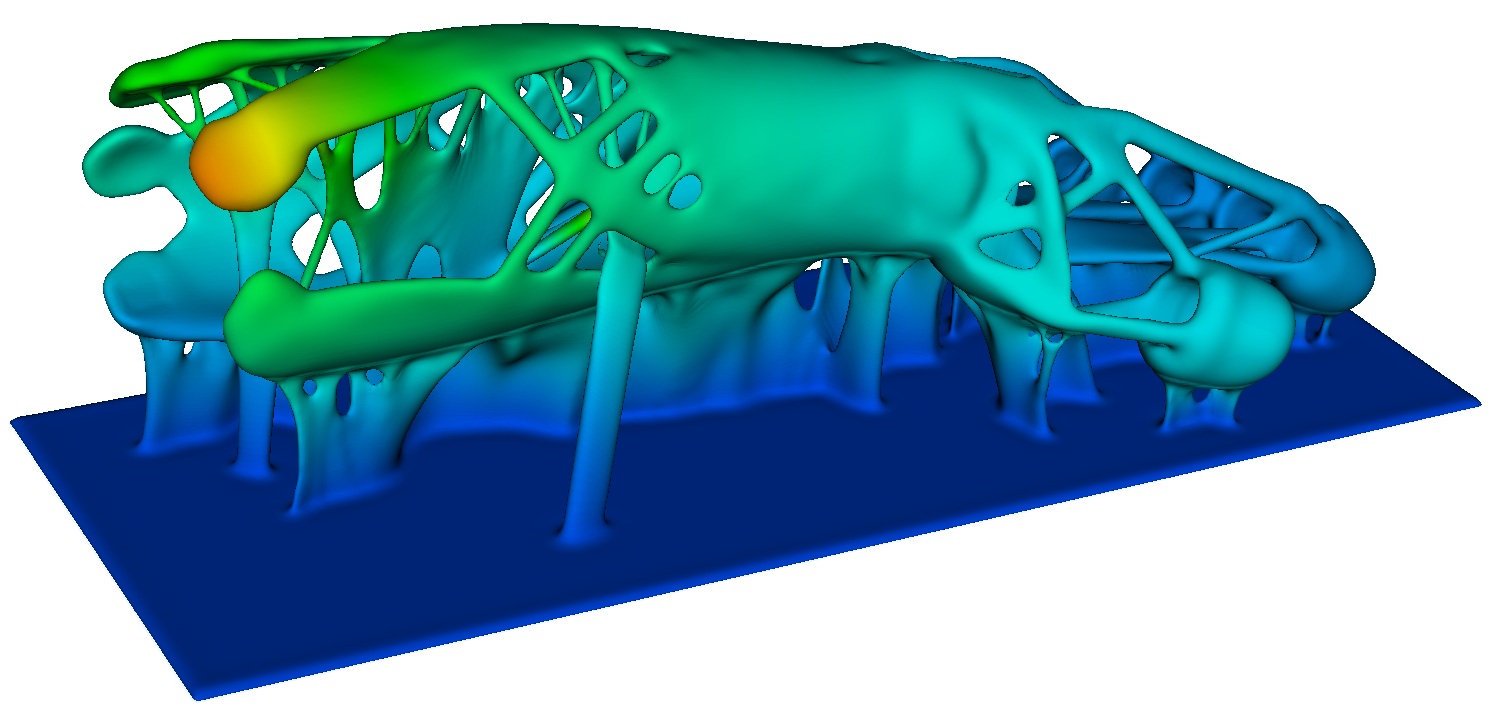Unlock the Secrets to Efficient Design in Power Transformers
Designing power transformers is a complex task, encompassing various technical and practical considerations. Engineers must balance numerous competing factors, including efficiency, size, cost, and safety, not to mention the demands of other projects, having limited resources, and the inherent urgency of bringing new technologies to market.
If you’re navigating this challenging landscape, you know the pain points all too well:

- Electromagnetic Performance: Engineers must minimize core losses, avoid magnetic saturation, optimize winding configurations, and control eddy currents and stray losses, all while maintaining efficiency and cost-effectiveness. To prevent electrical breakdowns and ensure long-term operation, engineers must select high-quality insulating materials and optimize insulation configurations.
- Multiphysics Integration: Integrating various physical domains — electromagnetic, thermal, and mechanical — into a coherent design is perhaps the most complex aspect.
- Mechanical Integrity: Due to significant mechanical stresses from electromagnetic forces, thermal expansion, and potential short-circuit events, engineers must ensure the structural integrity of the transformer by using high-strength materials and robust construction techniques.
- Thermal Management: Engineers must effectively manage the heat generated during operation to prevent overheating, which can degrade insulation and shorten the transformer’s lifespan. This involves optimizing cooling systems and conducting detailed thermal simulations to identify and mitigate hotspots.
Save Design Time (and Money) Leveraging Simulation

Simulation software empowers engineers to accurately model and analyze various aspects of transformer performance, including electromagnetic fields, thermal behavior, and structural integrity. These simulations enable engineers to optimize core designs to minimize losses, enhance cooling systems for efficient heat dissipation, ensure mechanical robustness to withstand mechanical stresses, and validate insulation configurations for reliable dielectric performance.
By leveraging simulation, engineers can streamline the design process, reduce development time and costs, and ultimately create power transformers that are more efficient, reliable, and cost-effective.
Simulation Software for Designing Power Transformers
Ansys Maxwell
Maxwell empowers engineers to simulate a wide range of analyses:
- Core losses
- Proximity losses in foil windings
- Stray losses in plates
- Tank wall losses due to busbars
- Short circuit analysis
- Inrush current analysis
- Winding Inductance and capacitance
- Insulation system design
Ansys Icepak
Icepak offers a comprehensive solution for simulating thermal behavior, providing the user additional insight to:
- Read the losses calculated in Maxwell
- Estimate various cooling methods, such as oil cooling o force air
- Evaluate different operating conductions and load scenarios
- Predict temperature distributions throughout the transformer components
Ansys Mechanical
Mechanical enables engineers to analyze structural integrity, thermal stresses, and mechanical behavior. With Ansys Mechanical, engineers are able to:
- Read the magnetic force calculated in Maxwell
- Import the temperature from Icepak
- Predict deformations, stresses and fatigue life under different operating conditions
Simulation for Power Transformers: What to do Next
Designing power transformers is a multifaceted challenge that requires balancing electromagnetic performance, thermal management, mechanical integrity, and multi-physics integration. Simulation tools like Ansys Maxwell, Icepak, and Mechanical offer engineers powerful solutions to optimize designs, reduce costs, and enhance reliability.
Next Steps
If you’re looking to optimize your power transformer designs, consider the following steps:
- Explore Simulation Software: Tools like Ansys Maxwell, Icepak, and Mechanical can address your specific design challenges before developing physical prototypes, saving time and money.
- Contact Us for a Consultation: Reach out to SimuTech Group’s team of experienced engineers for personalized advice on leveraging Ansys products for your current and future projects.
- Request a Demo: See firsthand how leveraging the right Ansys simulation software can streamline your design process and improve transformer performance.
For a detailed consultation on optimizing electromagnetic performance, thermal management, mechanical integrity, and more in your power transformer design projects, we invite you to contact us today. SimuTech Group’s team of simulation experts is ready to assist you in the areas of consulting, testing, mentoring, and ultimately revolutionizing your entire power transformer design process.
About the Author

Zoe Zhu, M.A.Sc., Electrical Engineering
Senior Staff Engineer, Analyst
Zoe has been an Electrical Engineer and Analyst at SimuTech Group, an Ansys Certified Apex Channel Partner, since 2016, specializing in computational electromagnetics. Before coming to SimuTech, she served as an Electrical Engineer at KSR International Inc. and held roles at Delphi and Hammond Power Solutions, contributing to electromagnetic analysis. She holds a Bachelor of Engineering from Xi’an Jiaotong University and a Master of Applied Science in Electrical Engineering from McMaster University.
Related Content
Transformer Simulation Consulting
Whether it is power transformer or electronic transformer, SimuTech Group can simulate it accurately.
Ansys Maxwell
For electric machines, transformers, wireless charging, permanent magnet latches, actuators, and other electrical mechanical devices, Ansys Maxwell is an EM field solver.
Engineering & Simulation Webinars
View upcoming and on-demand webinars while learning about simulation software features, updates and best practices.
Industry Solutions
SimuTech Group provides industry-specific capabilities and expertise that deliver the flexibility and scalability you need for your specific projects.





